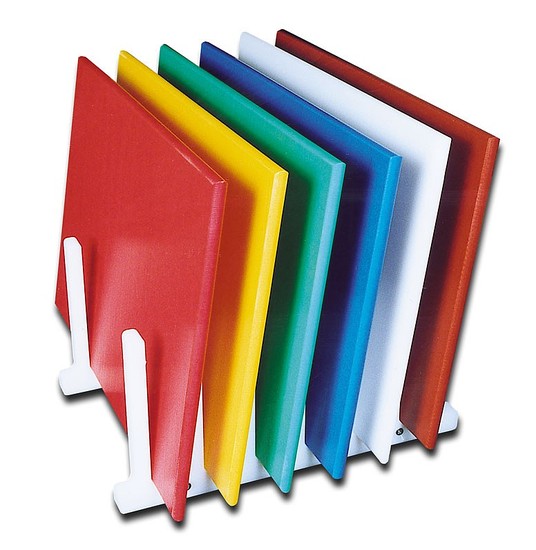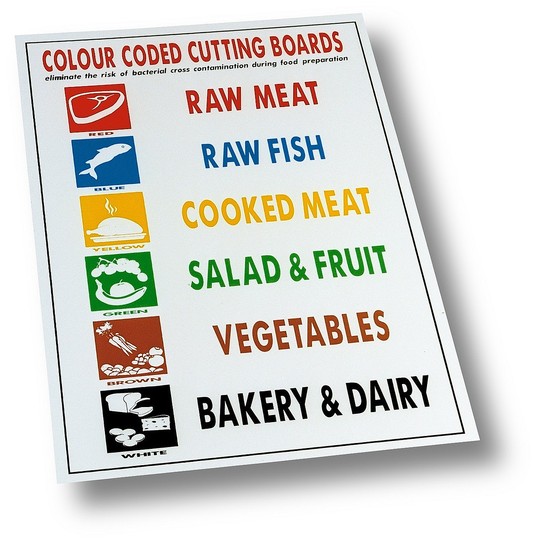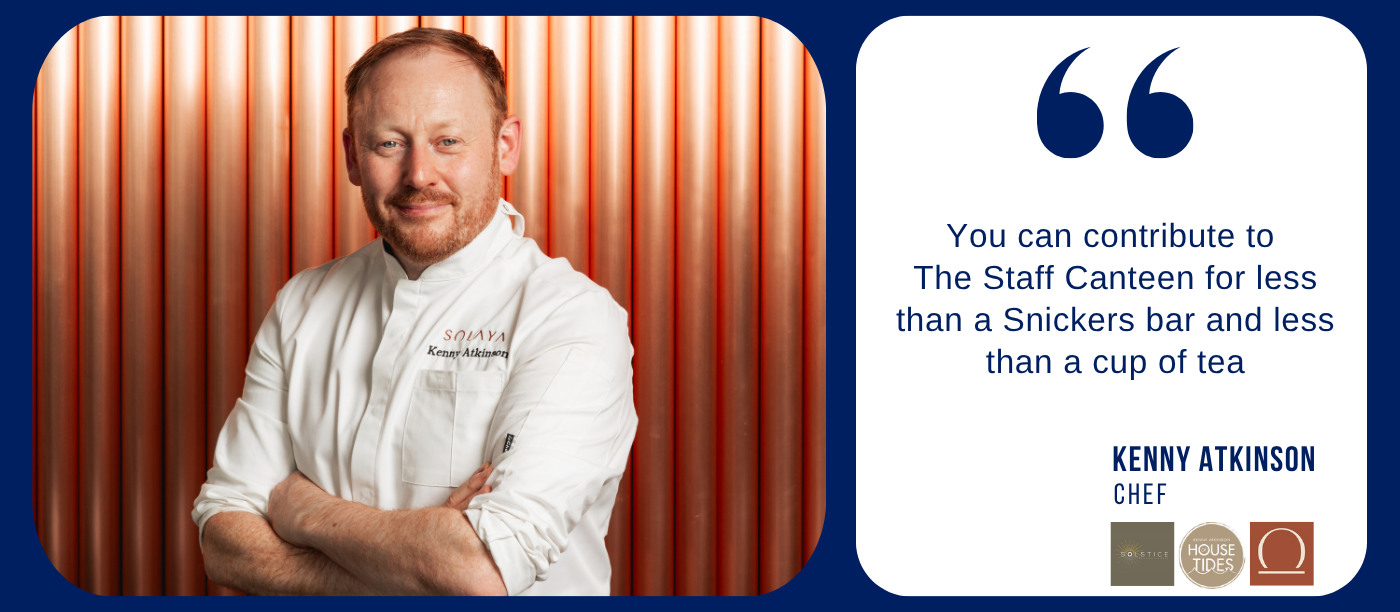safe and disinfected, he says: "it could lead to a complaint or query and could present the business as being un-professional."
However, using different coloured boards is not a substitute for attentive cleaning since chefs also need to avoid allergen contamination, not just food poisoning.
The Allergen Accreditation say: "These need to be cleaned and disinfected between processes as well as not left out dirty for long periods of time; a kitchen is a warm place and bacteria will grow."
Julian adds: "If we take a white board- for breads and dairy use... once the white board has been used for bread slicing it needs to be cleaned and disinfected before any cheese is sliced on it. (When the cheese is meant for a wheat free product for example)"
Training
The CESA director insists that staff training is key, he says: "What we’re really looking to do is to prevent someone who’s got an allergy to one of those in the list of 14 allergens getting it in their food or drink. So, it’s about having a structure and system in place within the kitchen, with all of the staff knowing what that system and structure is to ensure that it doesn't happen."
Some caterers have taken to using purple chopping boards, knives and areas to prepare anti-allergen specific foods. Though this does not completely eliminate cross contamination,
Julian says: "It does add another dimension to chef awareness of avoiding cross contact of allergens and like the use of general colour coded boards can be a useful tool!"
 The Allergen Accreditation requires kitchens to have written policies, irrespective of the choice of chopping boards. Their CEO says: "This can be prepared and issued to all staff as a training session that they all sign up to. Record this training!"
The Allergen Accreditation requires kitchens to have written policies, irrespective of the choice of chopping boards. Their CEO says: "This can be prepared and issued to all staff as a training session that they all sign up to. Record this training!"
Keith adds that it is not just kitchen staff that need to be allergen trained, but the front of house too: "[They] have got to know what they're dealing with, what the allergen issues are because they are the communicator to what's going on to the back of house and the customer."
By Kellie Wyatt




 The Allergen Accreditation requires kitchens to have written policies, irrespective of the choice of chopping boards. Their CEO says: "This can be prepared and issued to all staff as a training session that they all sign up to. Record this training!"
The Allergen Accreditation requires kitchens to have written policies, irrespective of the choice of chopping boards. Their CEO says: "This can be prepared and issued to all staff as a training session that they all sign up to. Record this training!"









